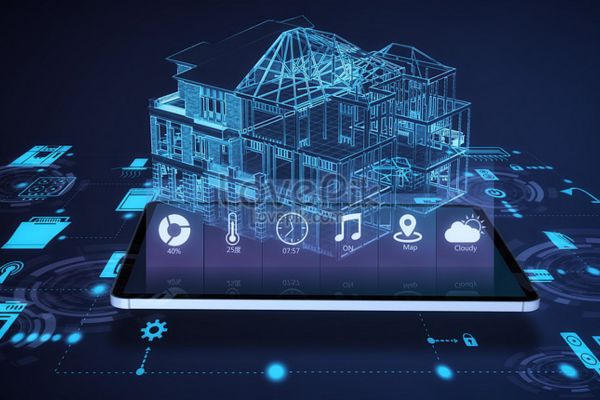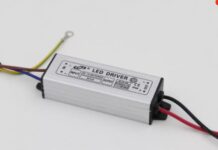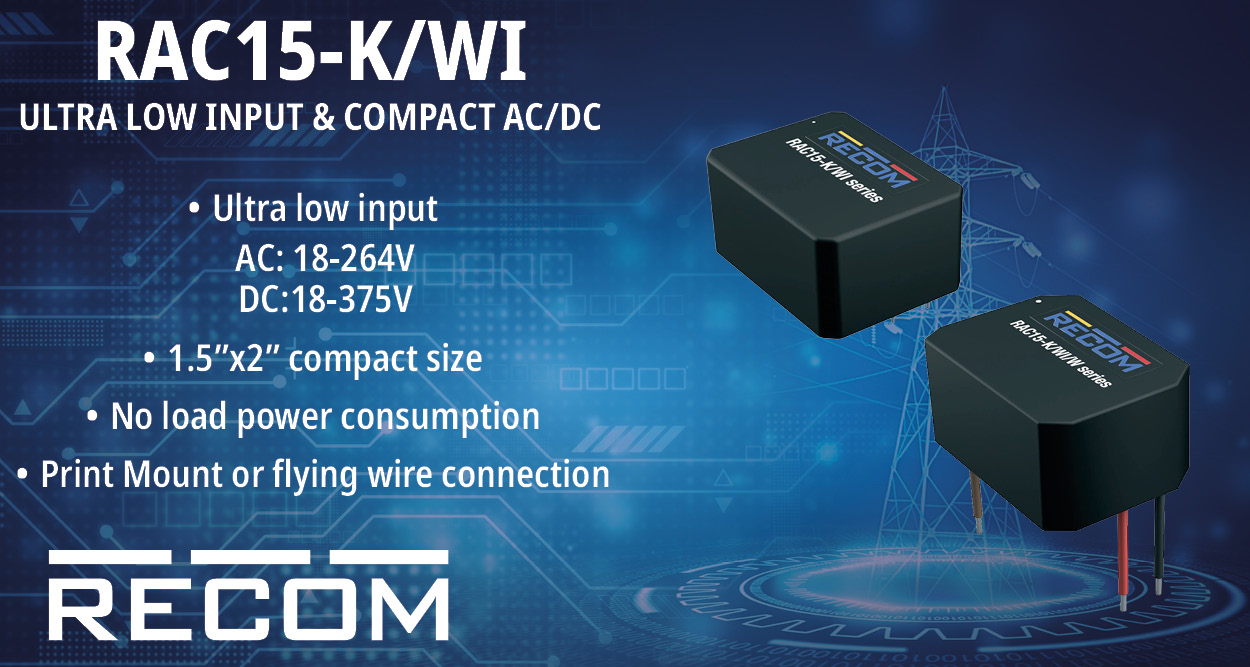For decades, Indian households irrespective of socio-economic standing, have remained humble regarding living standards. Televisions became mainstream only in the 90s, whereas refrigerators were deemed important even later. Useful electronic appliances like washing machines or dishwashers have often been considered luxury items — a school of thought that has been changing gradually with the increase of median household income since the turn of the century. While external factors, such as worsening air conditions in urban areas have led to increasing sales of specific appliances like Air Purifiers, the masterstroke has been delivered in the form of the Internet of Things (IoT), which has introduced a brand new concept to the subcontinent’s households — intelligent or smart homes.
What IoT promises is simple — it offers to create a comprehensive network of different electronic and electrical appliances, from lights & fans to air purifiers, air conditioners, and more in an automated way. In simpler words, the integration of IoT helps to create a smart home where users do not need to press switches or buttons to address any particular requirements. They can walk into a room, and irrespective of the air condition outside, the air purifier will begin to operate to lower the indoor air quality to a healthy and optimum level. Similarly, this aspect works with lights, fans, refrigerators, air conditioners, locks, security cameras or thermostats — practically every gadget and machine, to create a household where the functionalities are automated to offer an immersive living experience.
For Indians, this offers an unprecedented attraction towards enhancing daily living standards. With intelligent homes, Indian households not only become inherently smarter to live in but healthier and simpler — significantly building towards a future where living is methodically simplified than ever.
Rising popularity of IoT
The introduction of IoT in the Indian market was a watershed moment for electronics brands who subsequently witnessed a significant spike in sales. Recent prominent reports suggest that the IoT market in India accounts for 4.1% of the larger global market, and is estimated to reach a capitalization of $26.93 billion in 2025. Simultaneously, credible research reports also reveal that the revenue in the sector is also witnessing significant growth, as sectoral stakeholders estimate an annualised growth of almost 17% between 2025 and 2029.
In simpler terms, this highlights the growing emphasis on IoT-enabled devices by Indian customers, who are becoming more accustomed to an enhanced quality of living. This signifies a fundamental change in how living standards are perceived by Indians, who are prioritising convenience, comfort and accessibility rather than monetary investments. For example, only a few Indian households deemed air purifiers a useful electronic appliance two decades back. However, the subsequent increase in median income of Indian households, coupled with the focus on addressing worsening air quality and the emphasis on spontaneous accessibility and convenience, is leading to the convergence of users towards smart air purifiers that are capable of automatically detecting and functioning at predetermined levels of air pollution. This aspect is bringing an unprecedented paradigm shift in user behaviour in India, who prefer IoT-enabled electronic appliances to create an intelligent home with the objective of transforming their daily lives.
Use cases
The integration of IoT within our daily lives is bringing in a massive change. From wearables to household appliances, users are opting for IoT-enabled devices that can communicate with each other, along with the users themselves. For example, there has been a measurable hike in the sales of smart air purifiers that are equipped with IoT technology. With this new-age technology, these smart air purifiers are equipped with sensors that can detect even slight changes of pollutants and allergens in indoor air, and function automatically without user action. Similar use cases in household lights, fans, air conditioners, refrigerators, security cameras and many other electronic appliances can be witnessed across households in India today.
Another example of this could be wearables. These smart gadgets are being equipped with IoT, leading to them detecting real-time medical data of users like heartbeats, pulse, and oxygen levels, connecting with smartphones, actively tracking and monitoring other IoT-enabled device performance and more. This helps to create a unified network and in turn, a smart home, where automation-led efficiency and performance are prioritised to ensure a seamless living experience above all.
Looking ahead
With the Indian economy on the rise and the emphasis on appliances that enhance the quality of life — intelligent homes are quickly becoming the talk of the town. However, this trend is still at a very nascent stage and as time progresses, the industry expects this to pick up steam. With more emphasis on using smart appliances, the industry is going ahead to incorporate more innovative features of the IoT, transforming Indian households to match the technological vibes of the households from the global west. However, user adoption will be the catalyst of this change, and with India’s huge market, it remains to be seen how this aspect will shape user behaviour in the upcoming years to impact the numerical figures.
By Mr. Prashant Bora, MD & CEO of OTEK (A Bora Multicorp Venture)

















